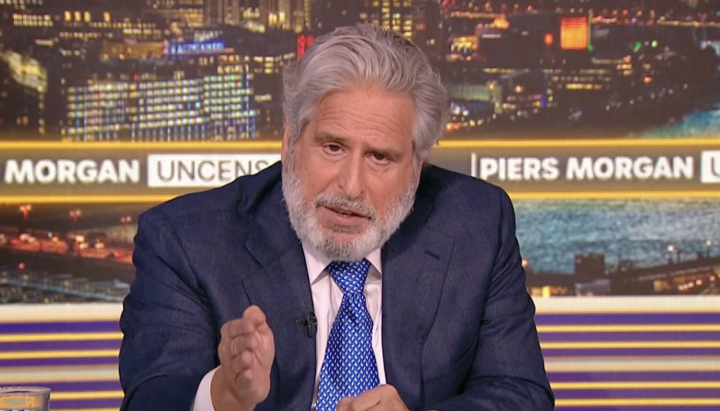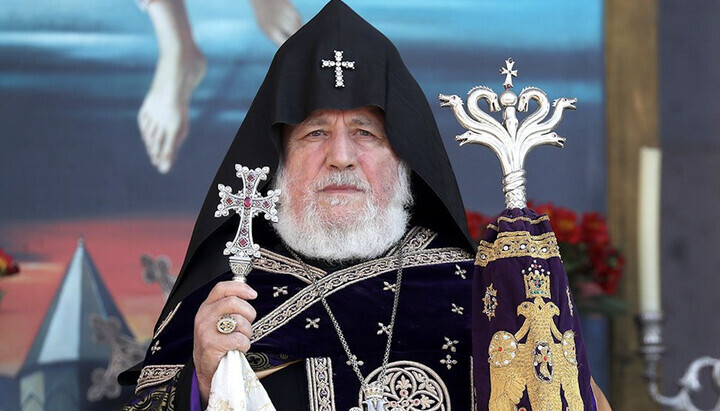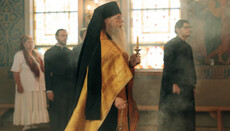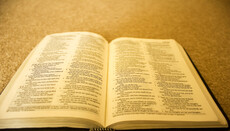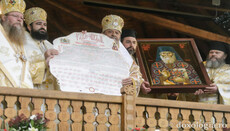OSI Warns of potential crisis in American Orthodoxy in 2040
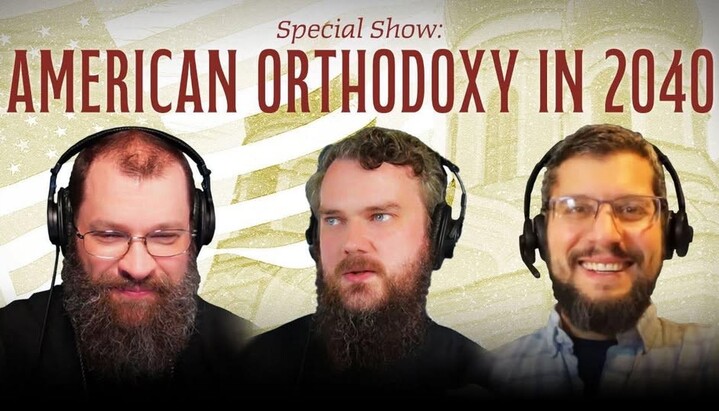
In a recent appearance on the “Orthodox Engagement” Podcast, Matthew Namee and Dcn. Seraphim Rohlin of the Orthodox Studies Institute (OSI) reveal what the latest data shows about the convert surge in America — it's not all good news.
In a recent appearance on the Orthodox Engagement Podcast, host Fr. Andrew Stephen Damick spoke with Matthew Namee and Dcn. Seraphim Rohlin of the Orthodox Studies Institute (OSI) about the latest data on the ongoing convert surge in America. According to OSI, Orthodoxy is seeing net growth—bucking national religious trends. The data show that recent conversions have shifted from predominantly single young men to young families. They also note a measurable increase in the number of Hispanic and Black Americans entering the Church.
But not all news is good news.
Dcn. Seraphim states that even by the most conservative projections, the number of parishes will need to more than double in the next 15 years. But this, in and of itself, is not the main problem.
According to Namee, just to keep up with current attrition, the Church needs about 100 new priests each year. If we account for growth while maintaining the current priest-to-parishioner ratio, Dcn. Seraphim says the Church will need roughly 160 priests per year. In the final analysis—considering the creation of new parishes and missions—they estimate that the Church will need around 300 new priests annually through 2040 to meet the demands of growth.
The problem is that the top three seminaries in America, combined, are producing closer to 30 new priests per year. That means the Church must find a way to create ten times more priests—and fast.
How to do this remains to be seen. A simple, one-size-fits-all solution doesn’t appear to be on the horizon, but a number of partial solutions were discussed. Namee mentions how Met. Saba (Isper) of the Antiochian Archdiocese has been building what he calls “an army of deacons.” Those who demonstrate exceptional pastoral ability in that ministry are then raised to the presbyterate.
Namee also points to the elephant in the room: the traditional small-college model of the last century has failed—and seminaries are its primary victims.
“I think... non-residential satellites of existing institutions is one potentially viable part of the solution. This is not the whole solution, but it is one potential piece of the solution [to] this problem of capacity—it’s recruitment and capacity. [In terms of] recruitment, it’s really hard to get people to move to these places in the Northeast where we have these seminaries, for a number of reasons. And capacity is—even if you could get them to move there—you can’t fit them all!”
Another partial solution discussed is moving away from the largely Protestant model of the academy—which the Church has adopted over the past century—toward a more traditional Orthodox model resembling apprenticeship. This comes up throughout the podcast, but especially near the end of the episode. Namee notes that such a model would allow upcoming clergy to serve as assistant priests, helping carry the rector’s burden while “easing into” the responsibilities of the priesthood.
ROCOR’s Diocese of Chicago and Mid-America Pastoral School already employs such a model—or something very close to it. At the Pastoral School, students take traditional seminary courses in biblical exegesis, catechetical instruction, doctrine, and Church history, along with non-profit management and pastoral care/Orthodox psychotherapy, all online. While taking these courses, they work under their parish priest or spiritual father, who monitors their progress and assists them along the way.
UOJ-USA previously reported on the Pastoral School’s move to offer theological education in English, Spanish, and Russian.
“I think apprenticeship and mentorship—which is already happening now in many cases—does not tend to be institutionalized as the norm. And if we’re going to have a lot more clergy, then we’ll have to teach them by putting them under clergy who know what they’re doing,” says Fr. Andrew. “Not every priest should be a mentor, but there are many who are solid and great—and you want them to reproduce themselves. I think that’s the way to go.”
This mentorship aspect is crucial. Fr. Andrew notes that his own seminary experience at St. Tikhon’s—which he speaks very highly of—prepared him well for the services, but that it was Fr. Olaf Scott who taught him “how to actually serve day to day... how to deal with people, how to run the place.”
But what can the laity do—aside from striving to be mature Orthodox Christians and encouraging those with the right qualities to discern the priesthood? Quite a lot, actually.
Dcn. Seraphim draws listeners’ attention to the need for all Orthodox Christians to be mindful that, clergy or not, all are called to participate in the ministry of the Church—and that one doesn’t have to be a priest to visit parishioners in the hospital.
You don't have to be ordained clergy to go visit people in the hospital, to check up on fellow parishioners, to organize charitable work in a parish. As a laymen, just go get a blessing and do these things. Priesthood or no priesthood, this is the Church of God... If you're a man watching this, even if you're not in a position to do these things—maybe you're not 'canonically eligible' or something else—you can still take some of the burden of the parish on your shoulders by becoming the hands and feet of Christ."
This is an important point, as the top reasons people choose not to remain in a parish are lack of time with the priest and lack of community. It is therefore incumbent on the laity to take on as much of the administrative work as possible—to welcome visitors, to help build the parish as a community, and to sacrifice our time in service to one another. Moreover, we must strive not to monopolize our clergy’s time, allowing them to minister to those with greater needs.
This is especially challenging for recent converts. Fr. Andrew notes that converts tend to go to confession far more often, “and when you have lots of converts coming in, that’s actually going to tax the pastoral load.” Dcn. Seraphim confirms that the data reflect this as well. While we come to the Church with a lot of baggage, we must remember that the priest is not our personal therapist. While your priest will likely answer the phone at midnight, your issue is not so dire that it can’t wait until normal working hours—unless it’s a real emergency, such as an accident requiring immediate sacramental intervention.
Whether future growth turns out to be modest or Orthodoxy becomes a major religious presence in America remains to be seen. What is certain is that we will need all hands on deck if we are to meet the challenge—and reap the blessings—the Lord has prepared for His Church in America.

